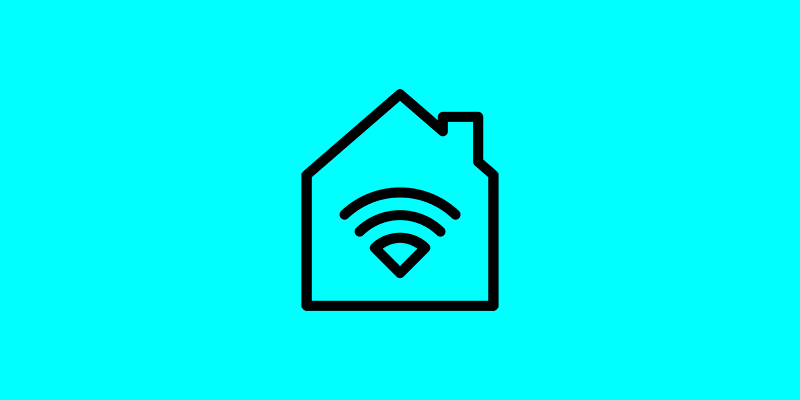Day 1: Creating an AI-Powered Home Automation System
Welcome to the exciting journey of creating your own AI-powered home automation system! In this ten-day series, we’ll explore the world of smart homes, delve into the capabilities of artificial intelligence, and guide you through the process of building a futuristic home that responds intelligently to your needs.
Understanding Home Automation and AI
What is Home Automation?
Home automation refers to the use of smart devices and technologies to control and automate various aspects of a home. This can include lighting, heating, ventilation, air conditioning (HVAC), security systems, and more. The goal is to enhance convenience, efficiency, and security in daily living.
The Role of AI in Home Automation
Artificial Intelligence (AI) plays a pivotal role in taking home automation to the next level. With AI, your home becomes not just automated but intelligent, capable of learning from your habits, adapting to your preferences, and making decisions to optimize your living environment.
Technologies in AI-Powered Home Automation
Before diving into the hands-on aspects, let’s familiarize ourselves with the key technologies that make AI-powered home automation possible.
1. Machine Learning (ML)
Machine learning is a subset of AI that enables systems to learn and improve from experience. In the context of home automation, ML algorithms can analyze data from sensors and user interactions to make predictions and optimize automated processes.
2. Natural Language Processing (NLP)
NLP allows machines to understand and respond to human language. With NLP, you can interact with your home automation system using voice commands, making the experience more intuitive and user-friendly.
3. Internet of Things (IoT)
The IoT involves connecting everyday devices to the internet, enabling them to send and receive data. In the context of home automation, IoT devices like smart thermostats, lights, and cameras communicate with each other to create a cohesive and responsive environment.
Getting Started with Your AI-Powered Home
Now that you have a basic understanding, let’s kickstart your journey into AI-powered home automation. Here are the initial steps to set the foundation:
Step 1: Define Your Goals
Clearly define the goals you want to achieve with your AI-powered home. Whether it’s energy efficiency, security, or convenience, having a clear vision will guide your decisions throughout the process.
Step 2: Assess Your Home’s Infrastructure
Take stock of your home’s current infrastructure. Identify areas where you want to implement automation and check the compatibility of existing devices.
Step 3: Choose the Right AI Tools
Select the programming languages and AI frameworks that align with your skill set and project requirements. Popular choices include Python for its versatility and frameworks like TensorFlow or PyTorch for machine learning tasks.
In the next post, we’ll delve into the practical aspects of setting up your home for AI-powered automation. Get ready to choose the right hardware components and integrate them seamlessly into your living space.
Stay tuned for Day 2, where we embark on the exciting journey of transforming your home into a smart, AI-powered haven!





